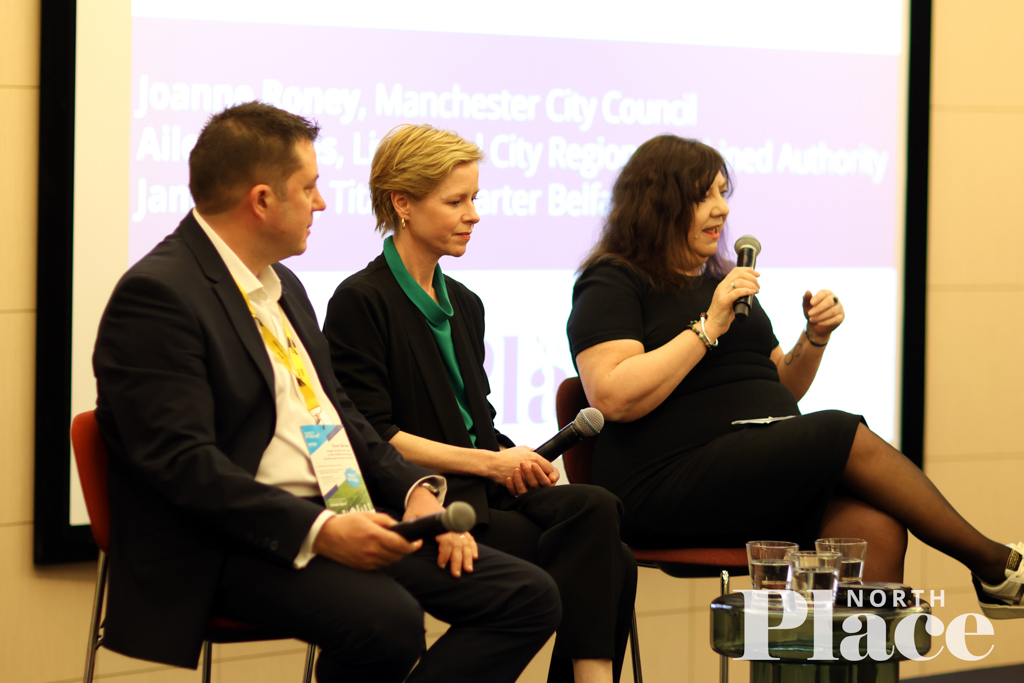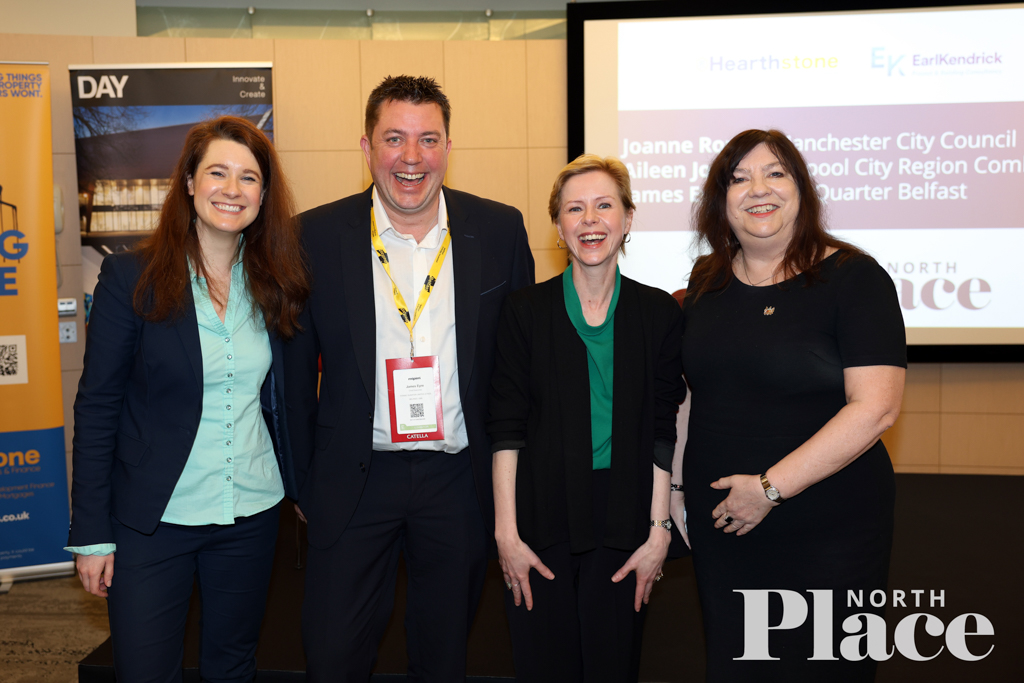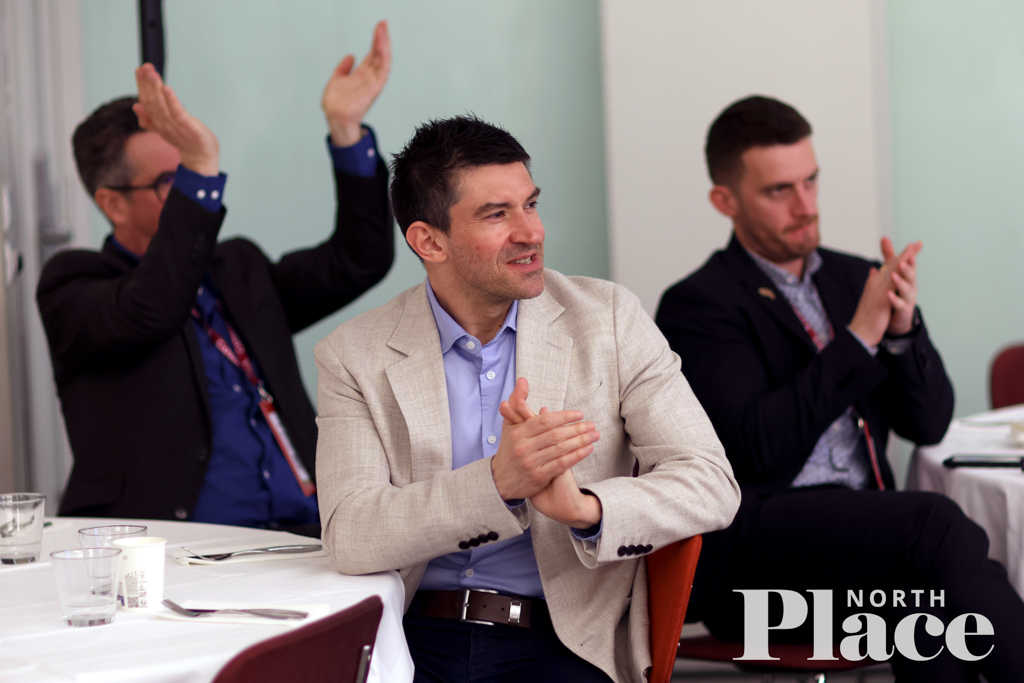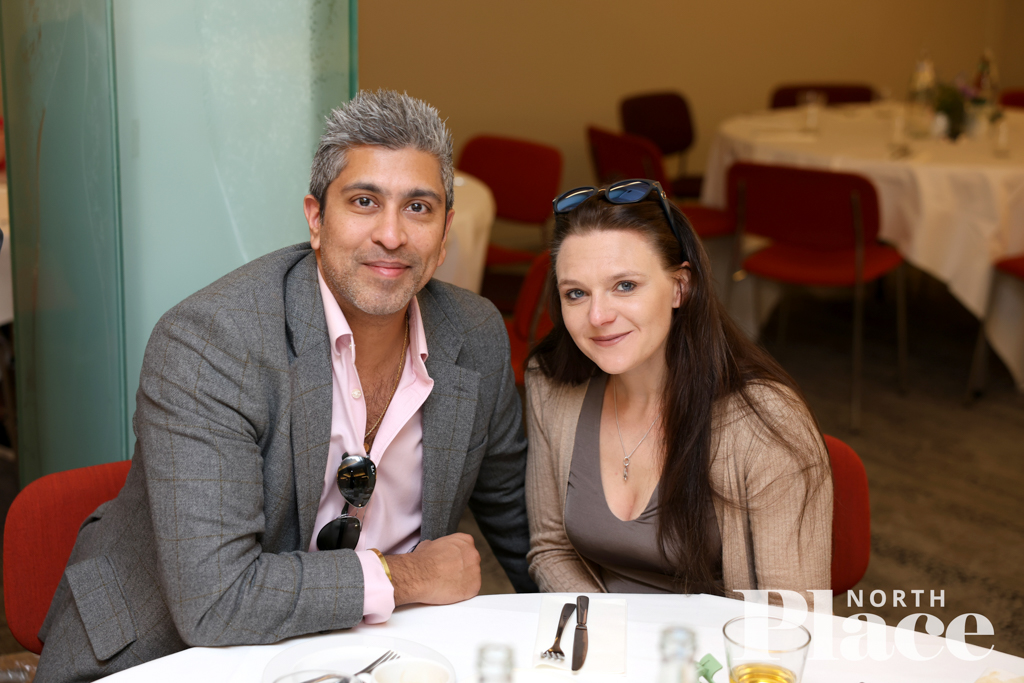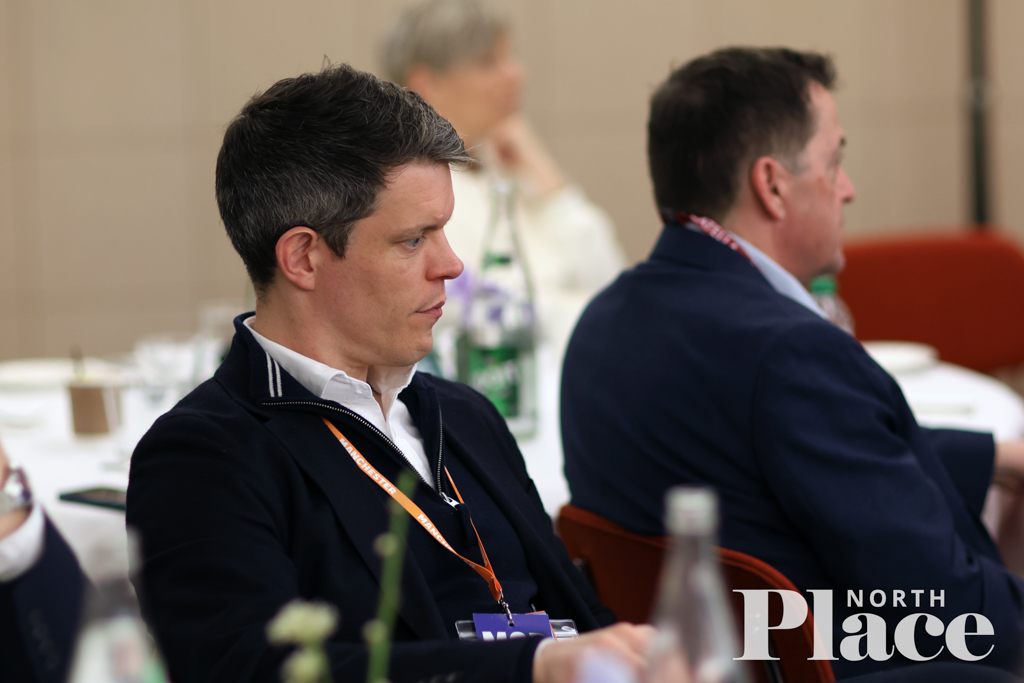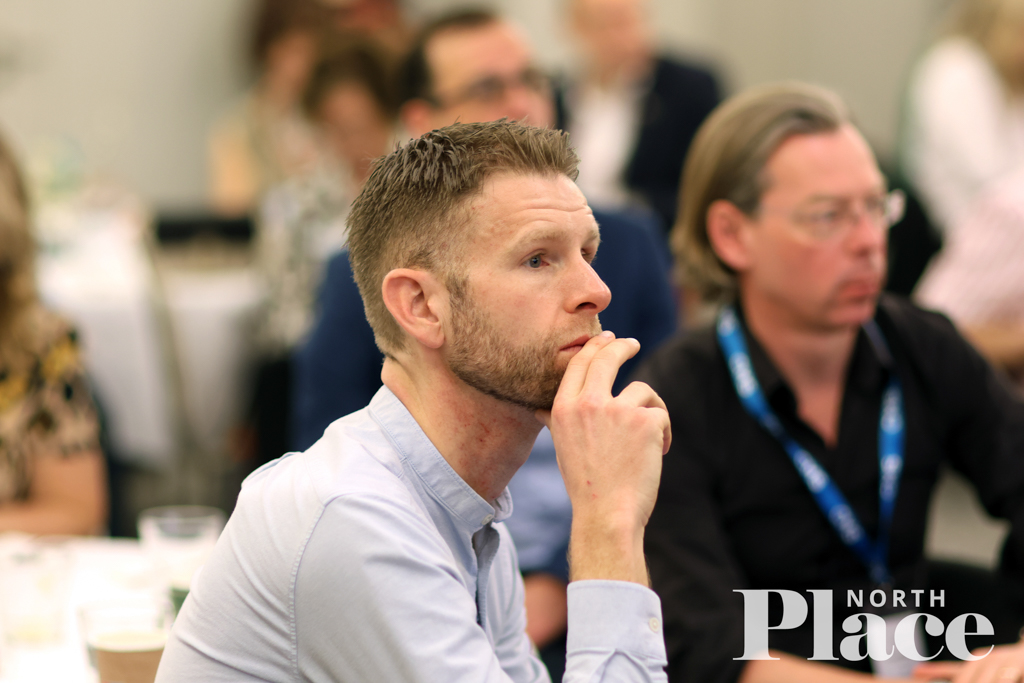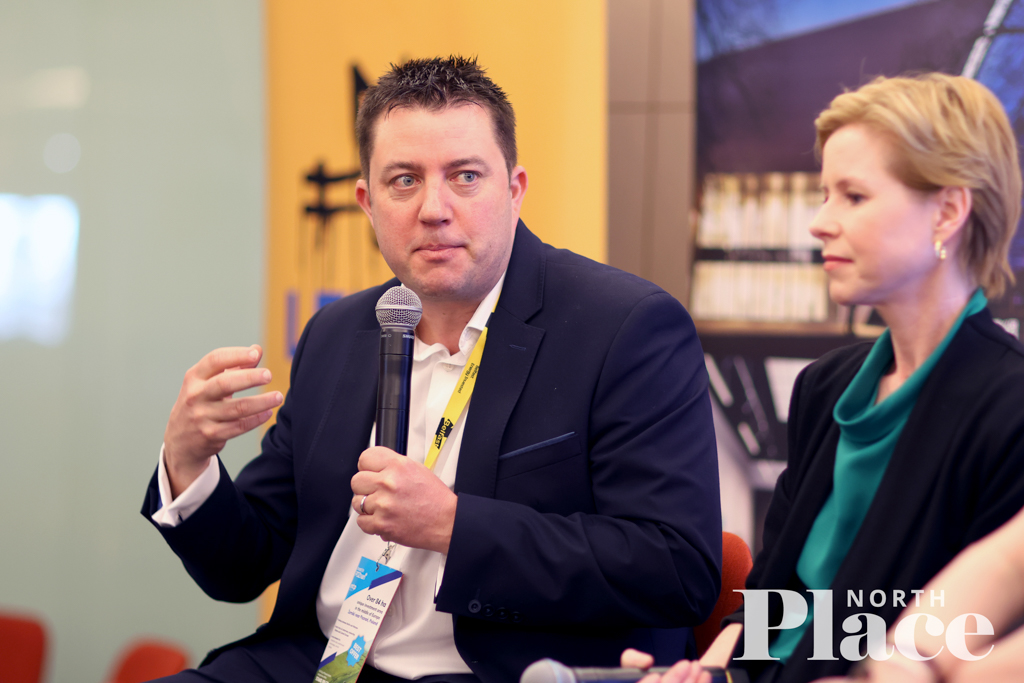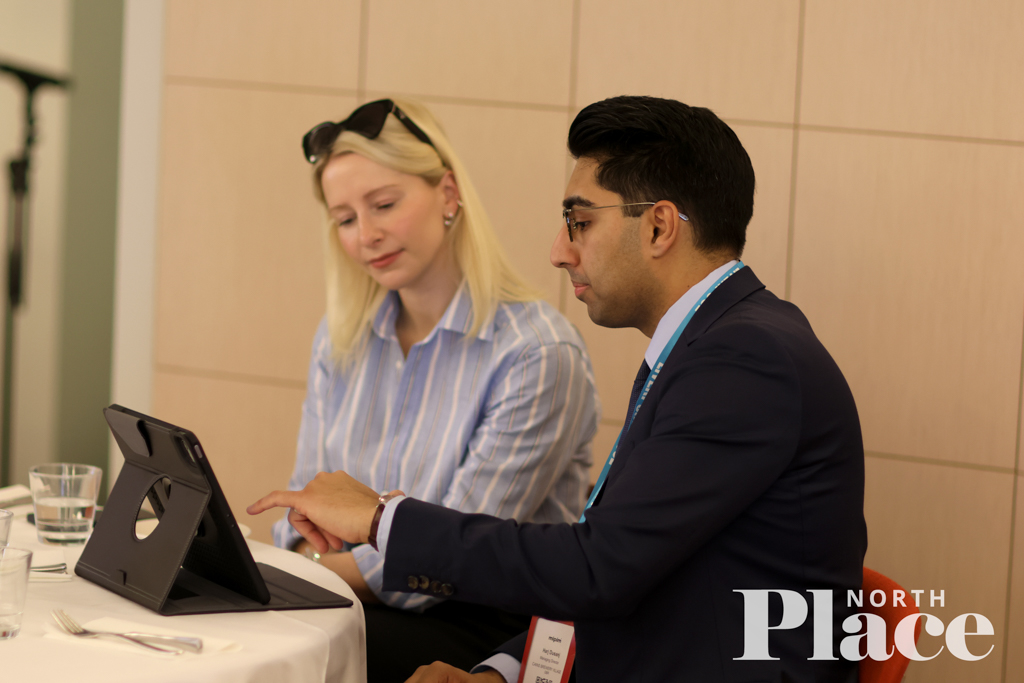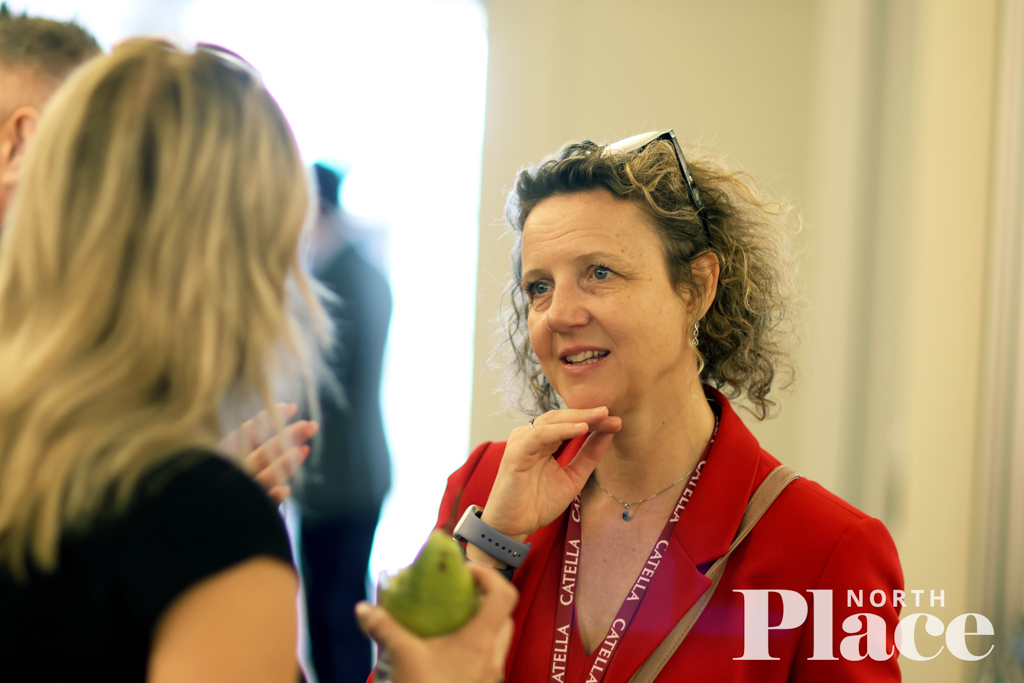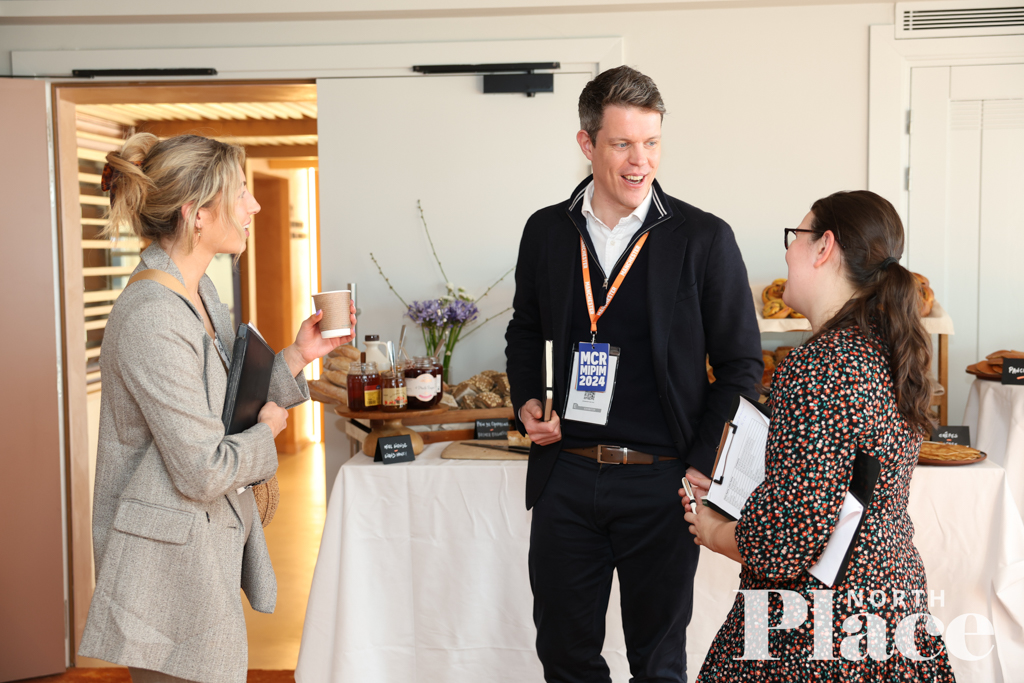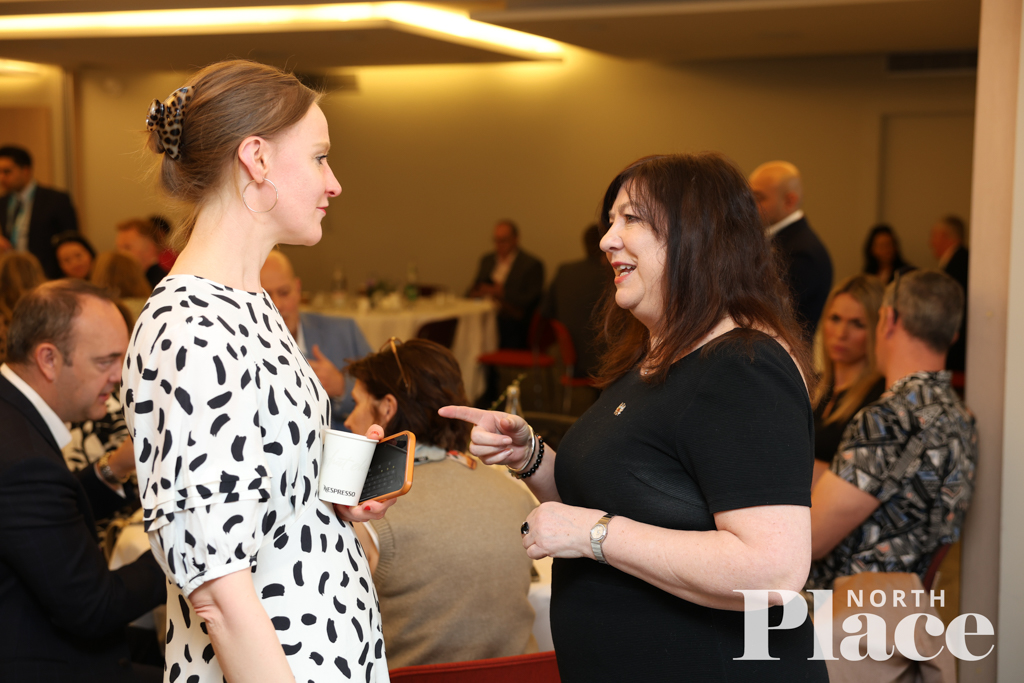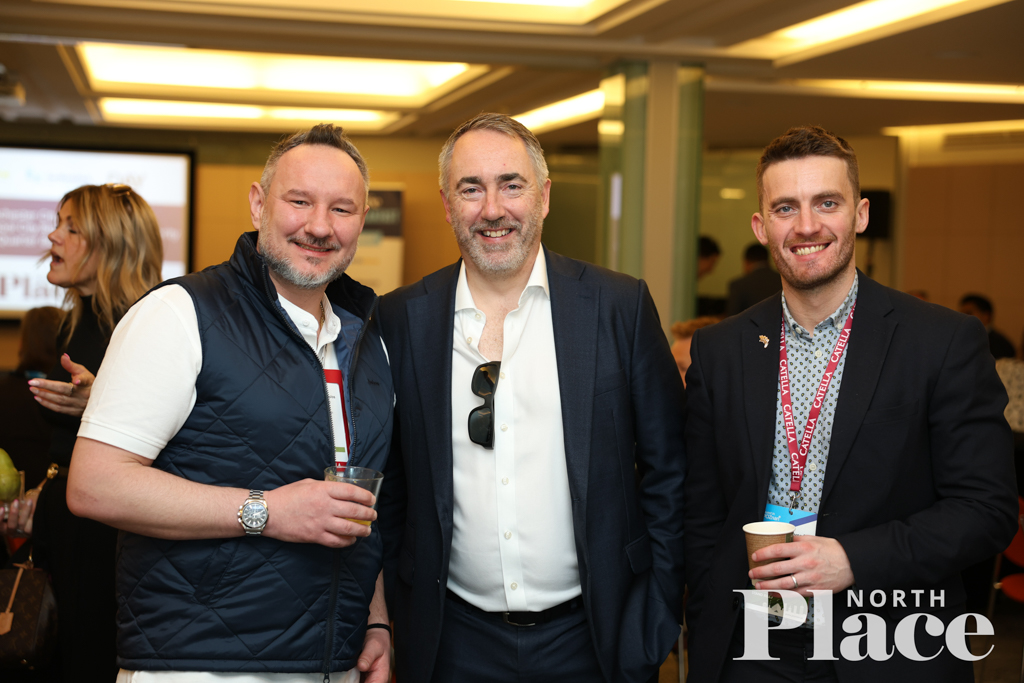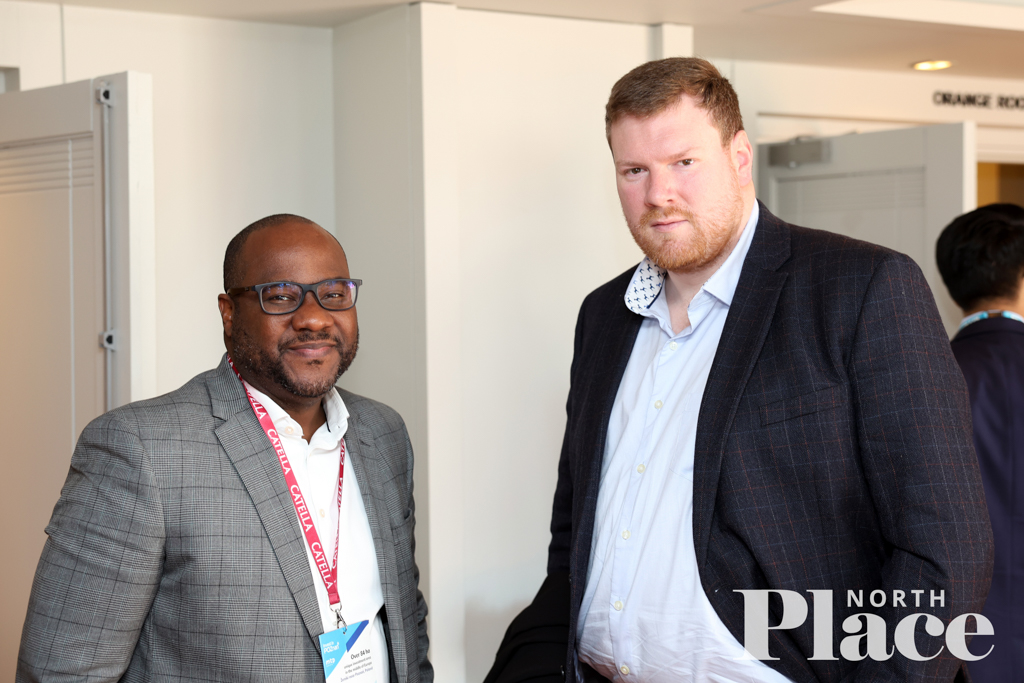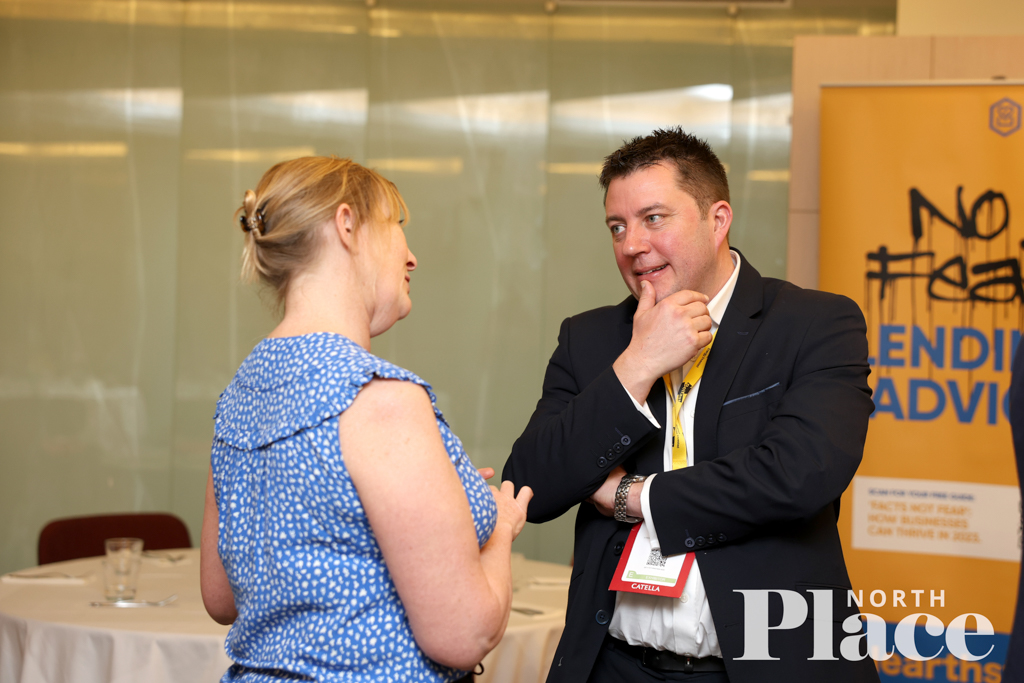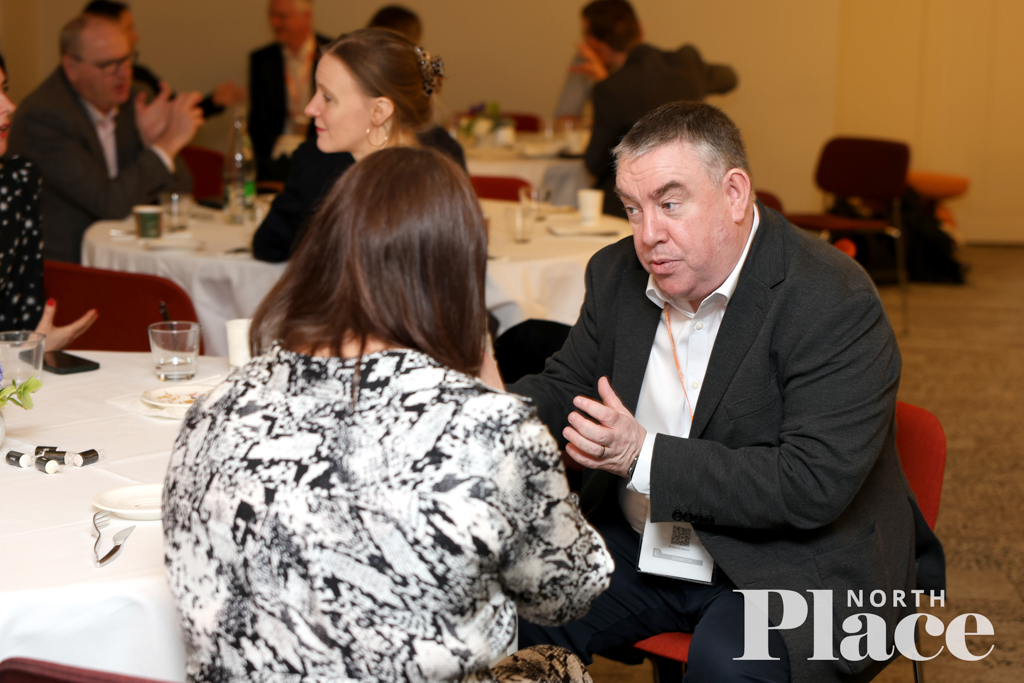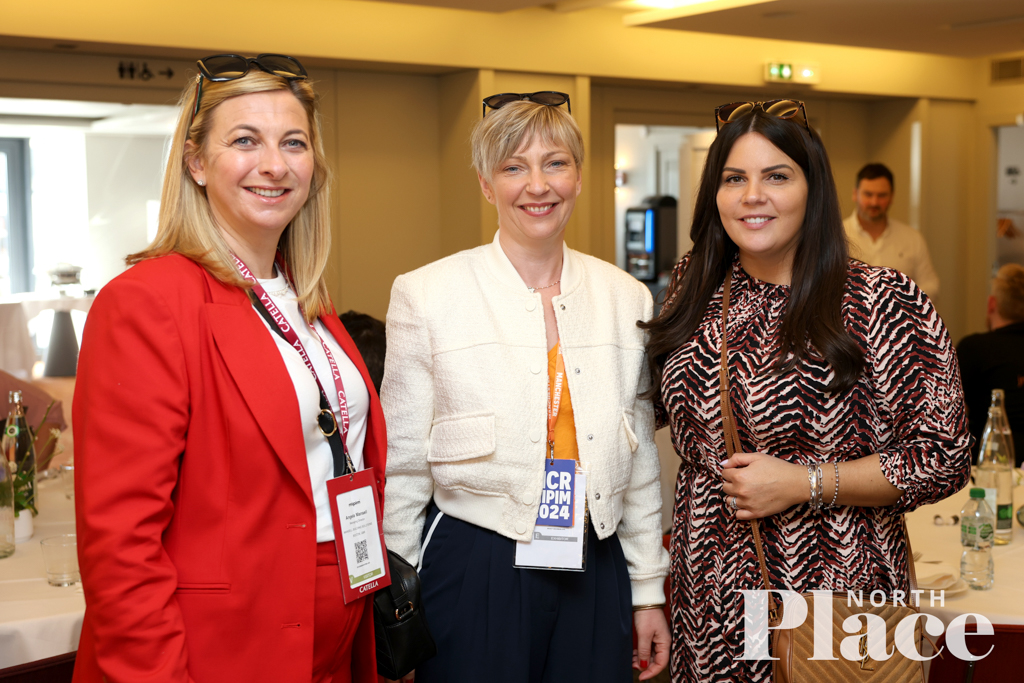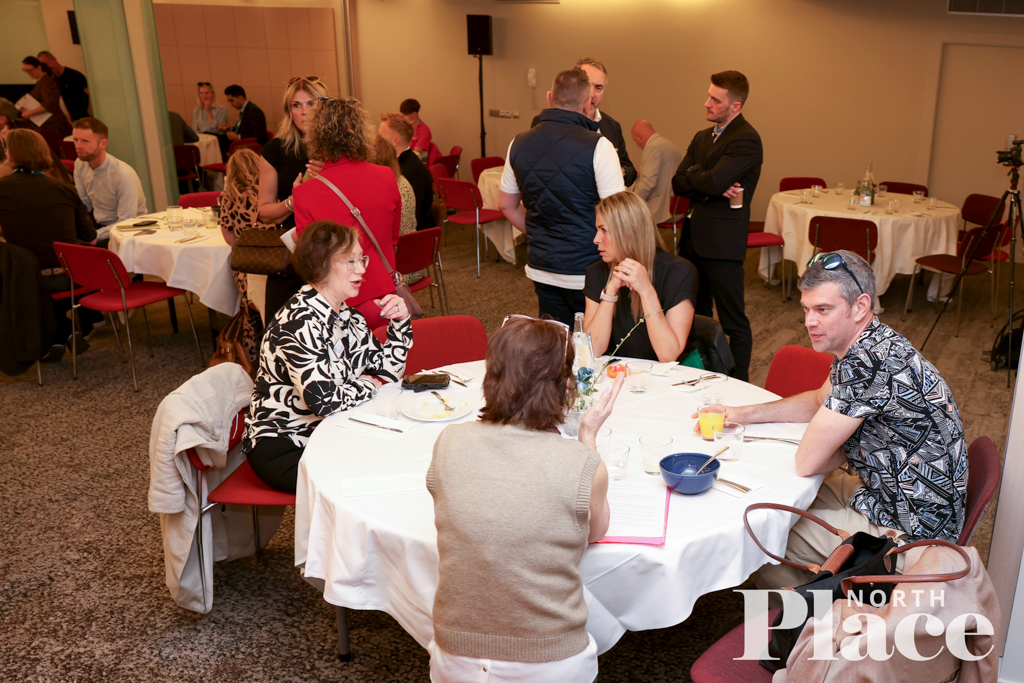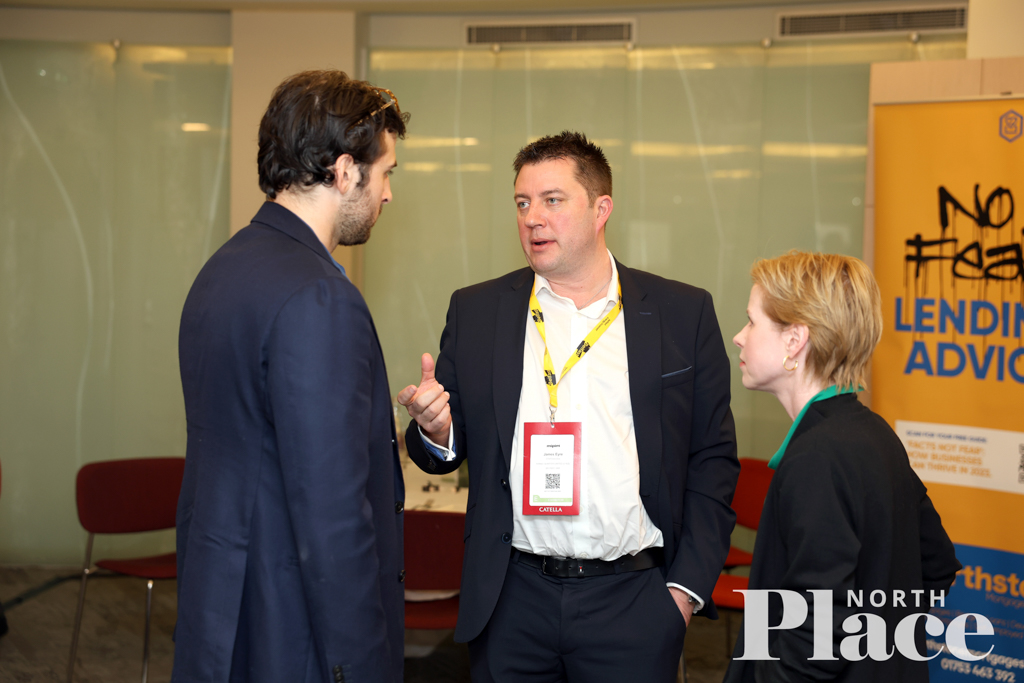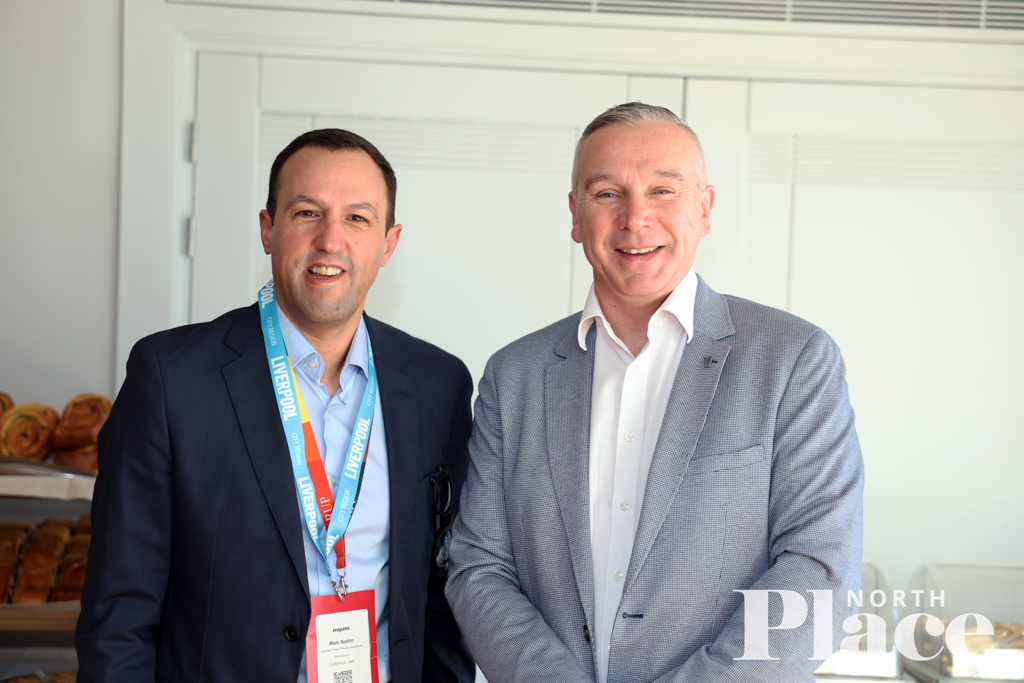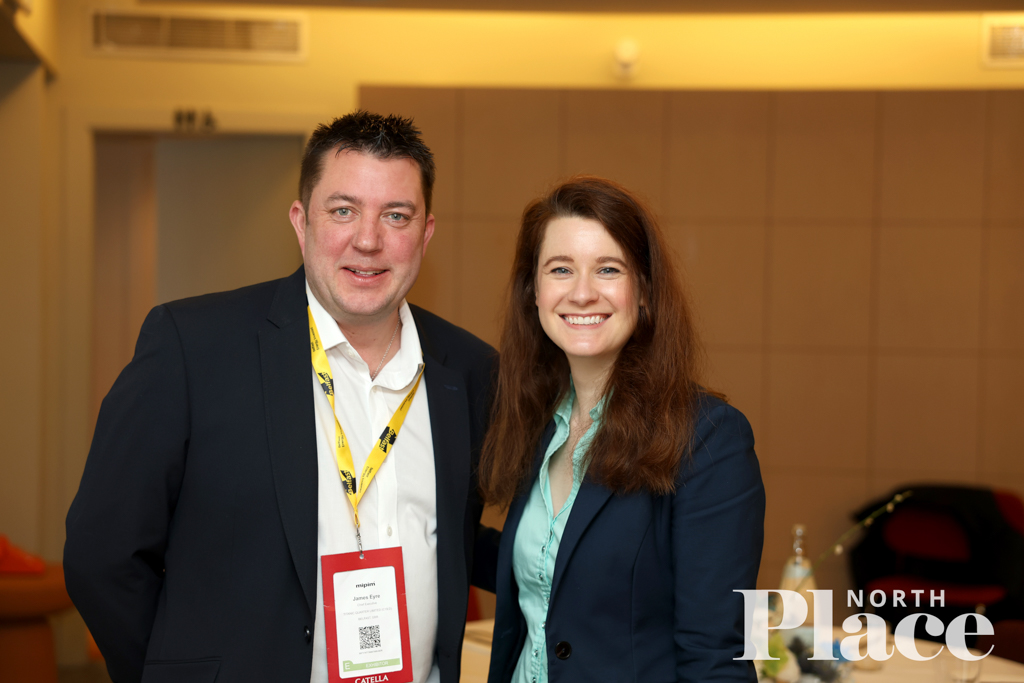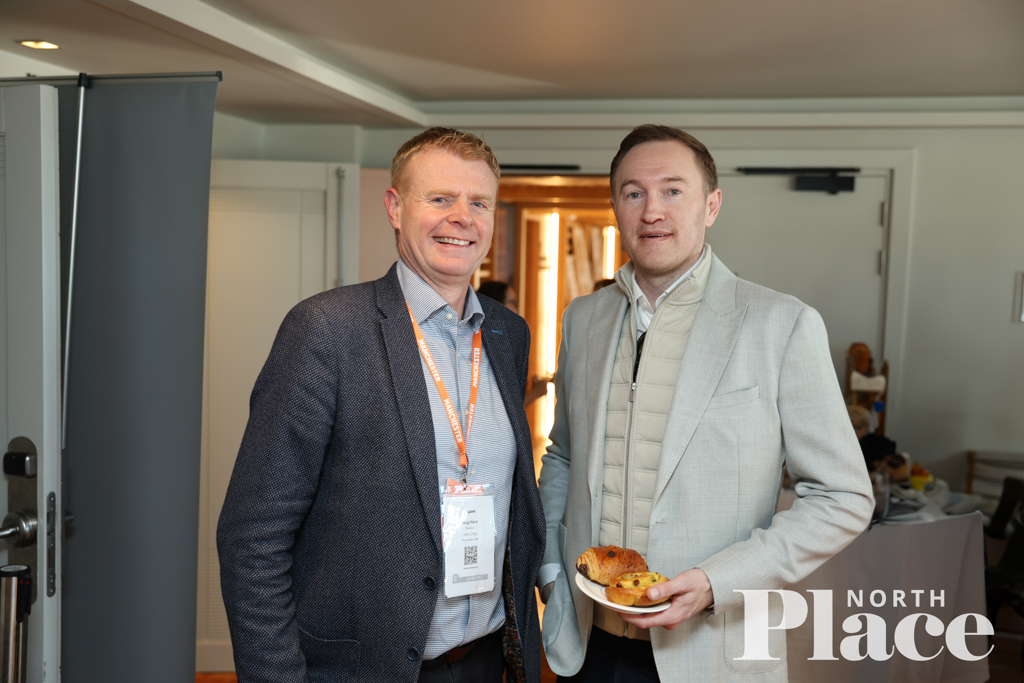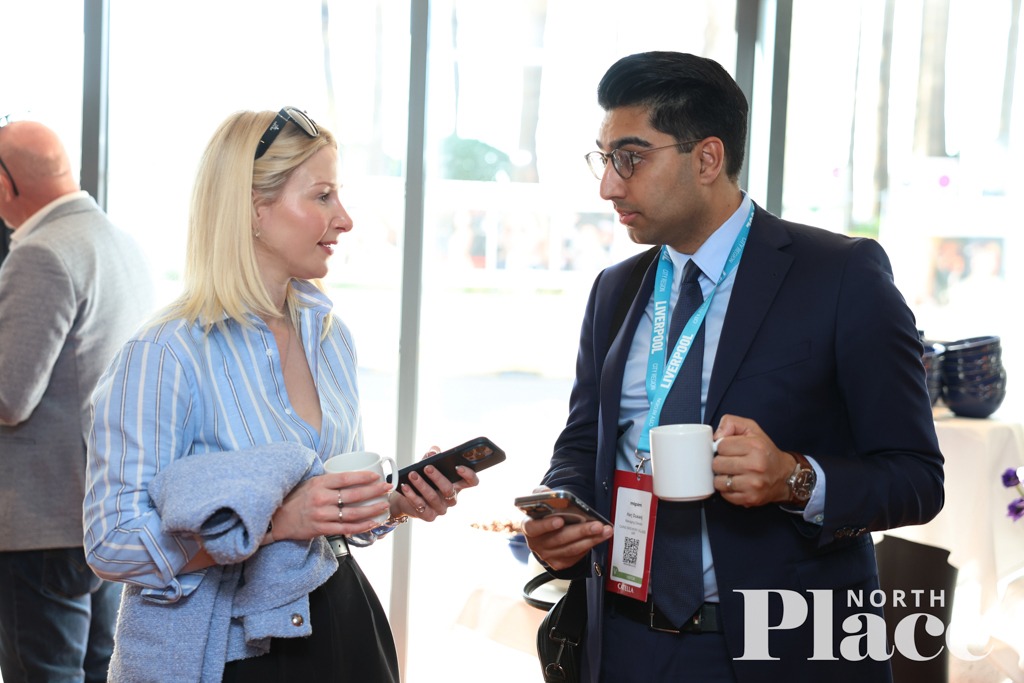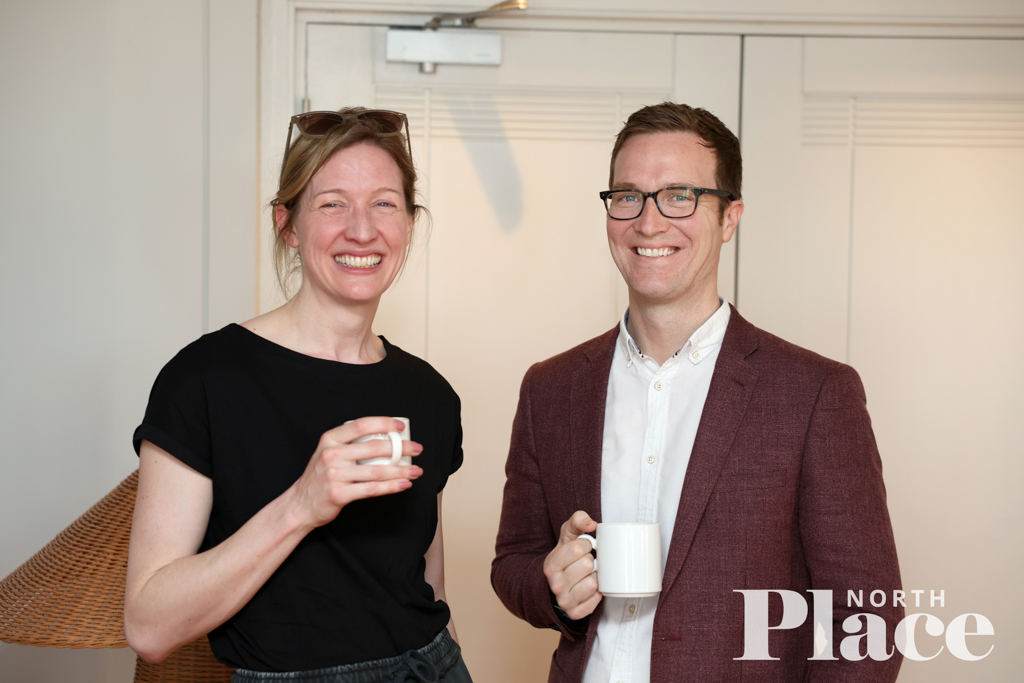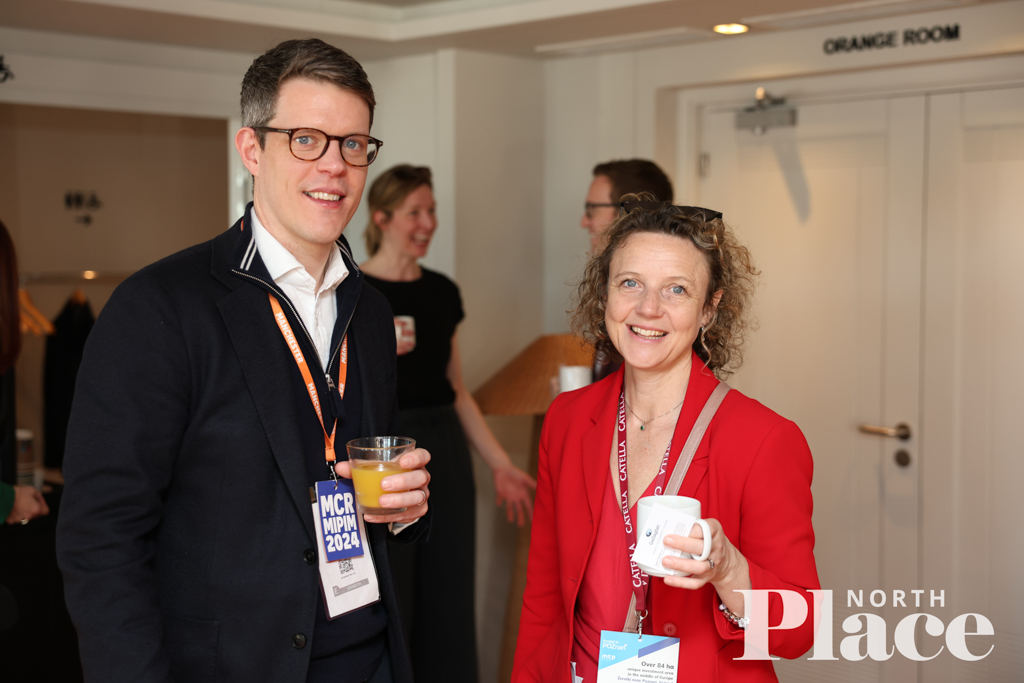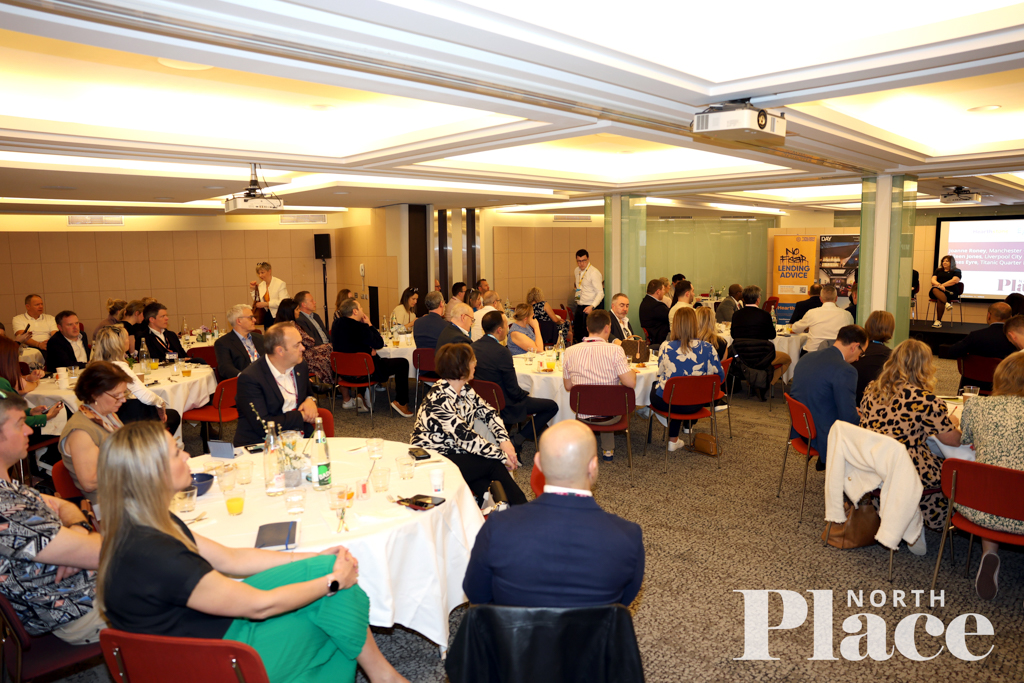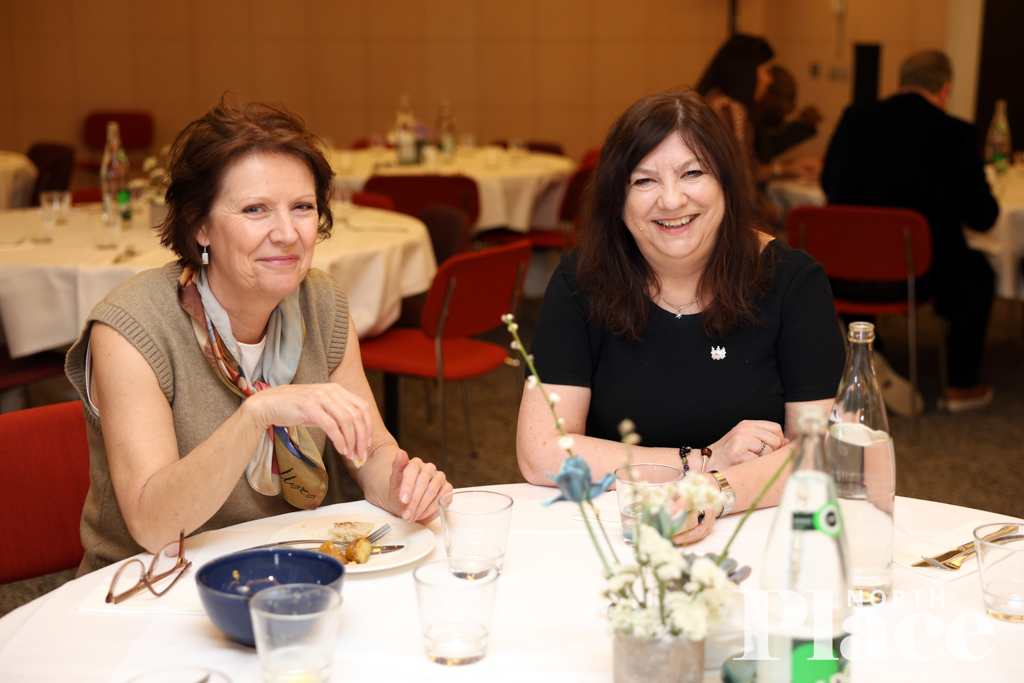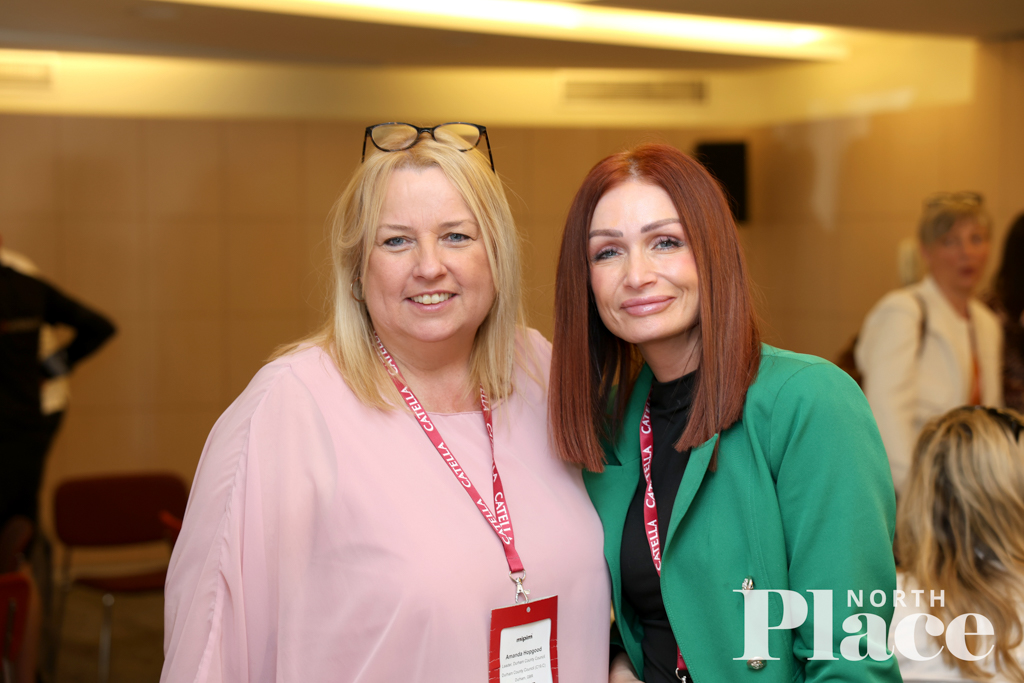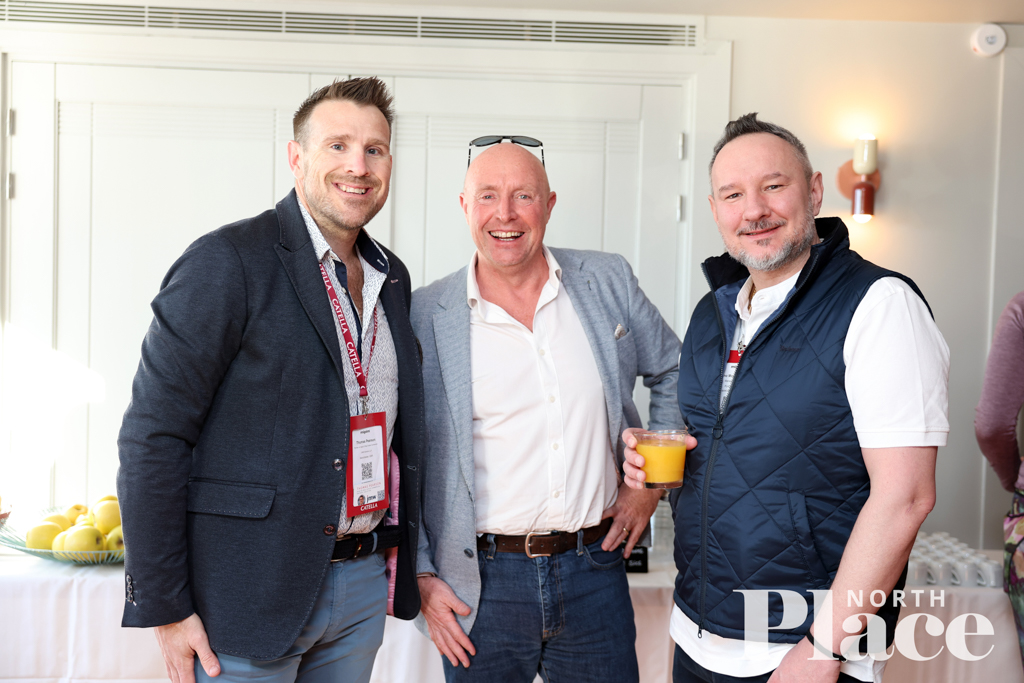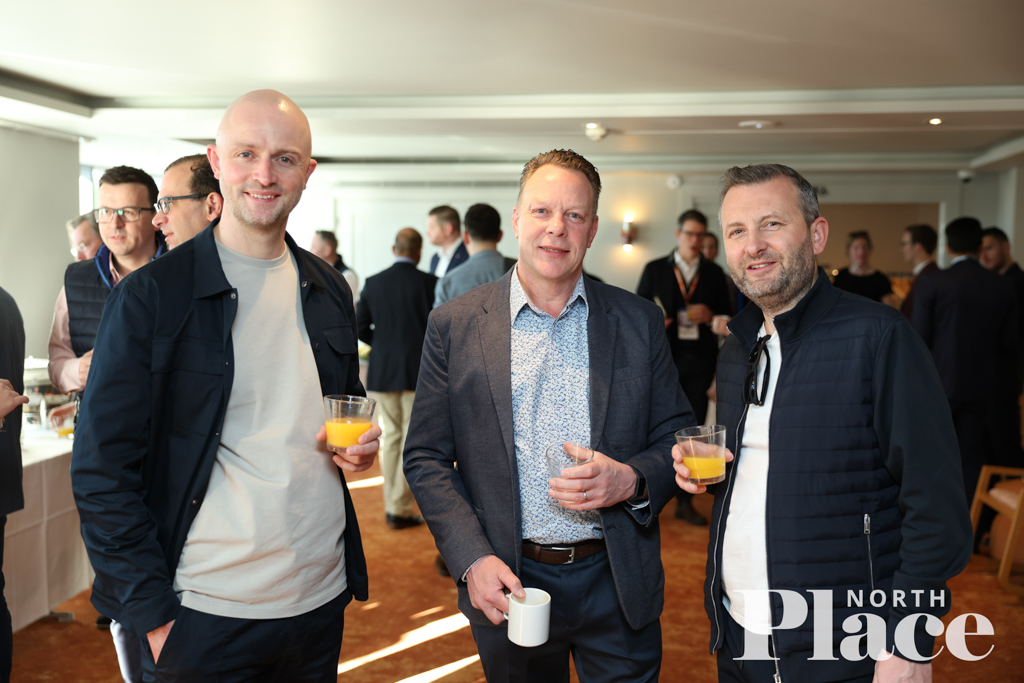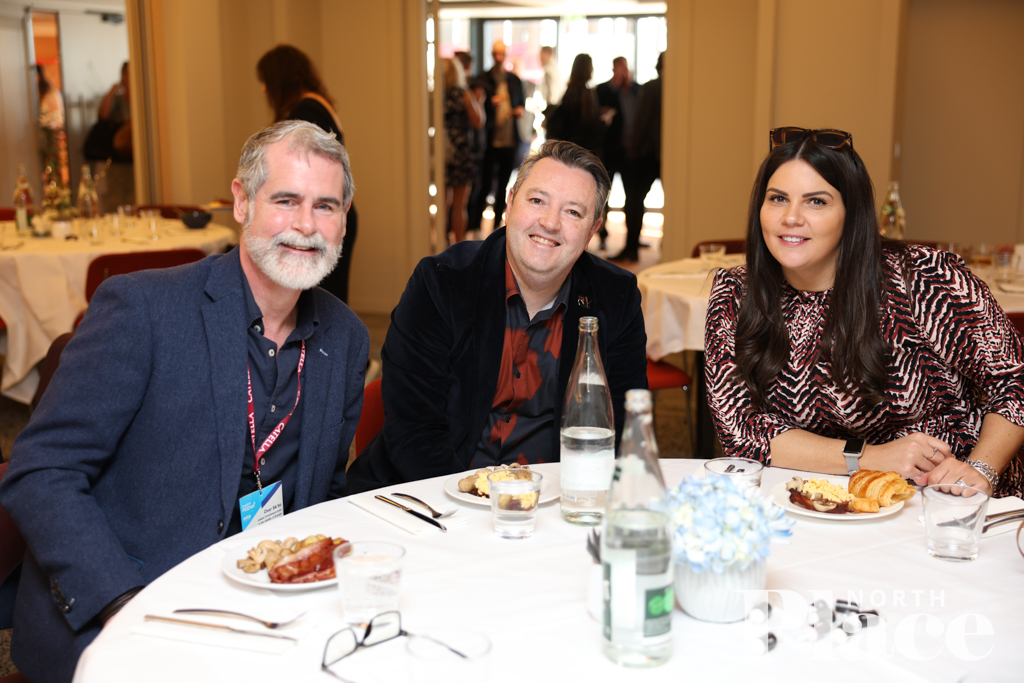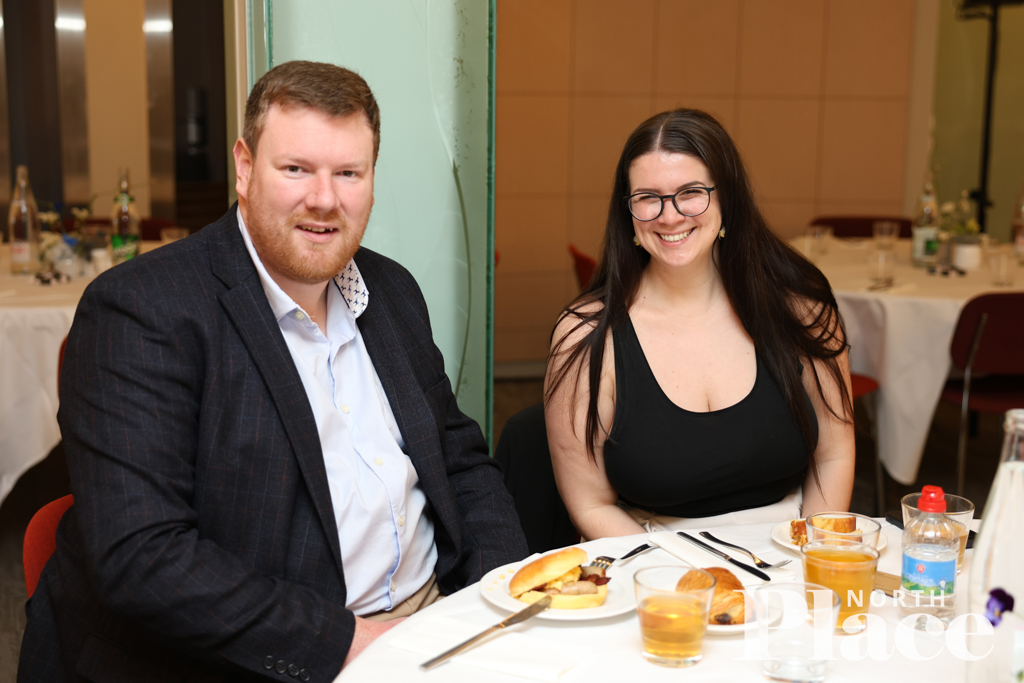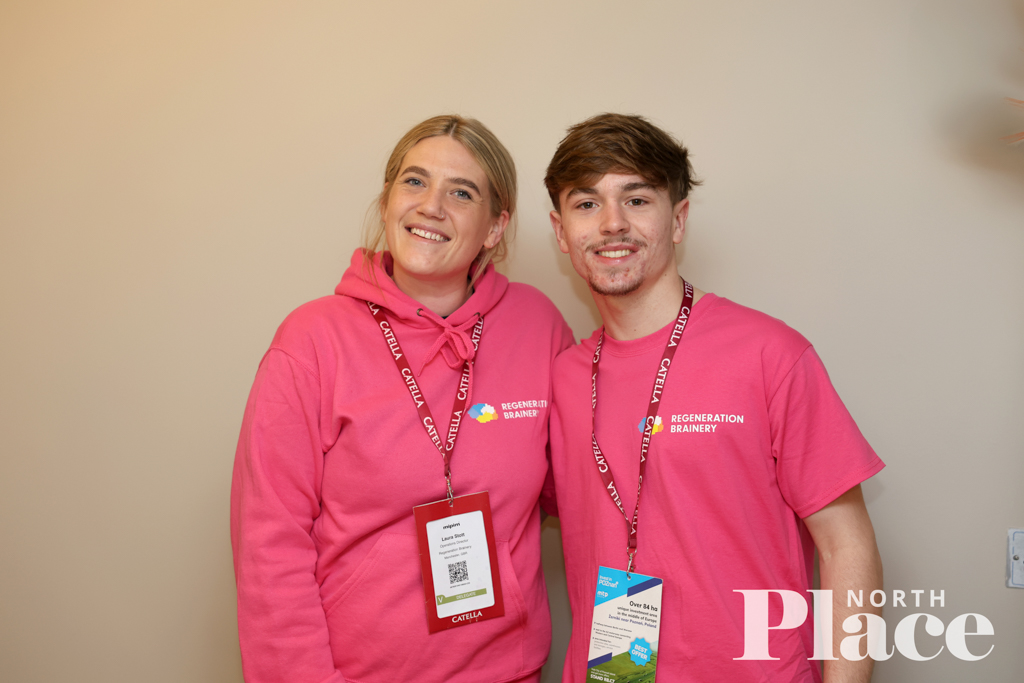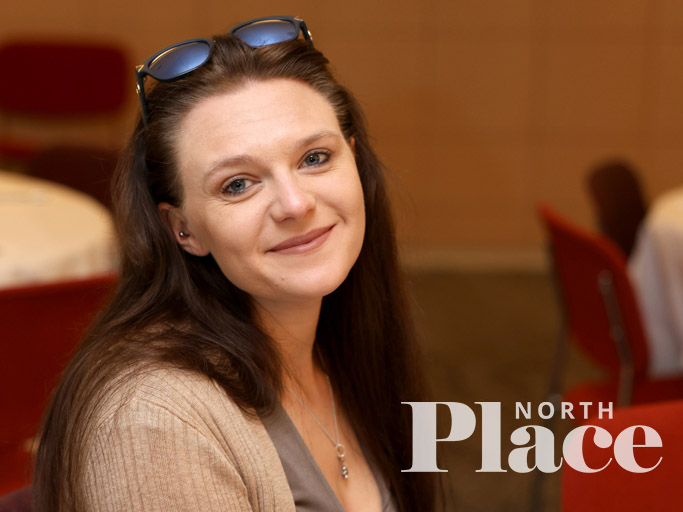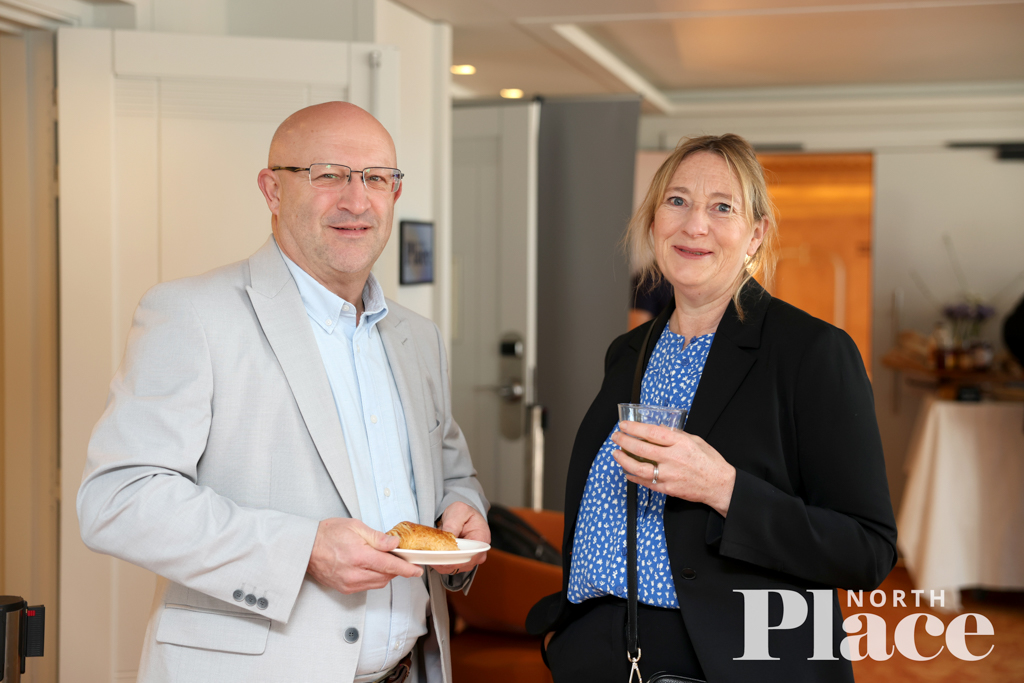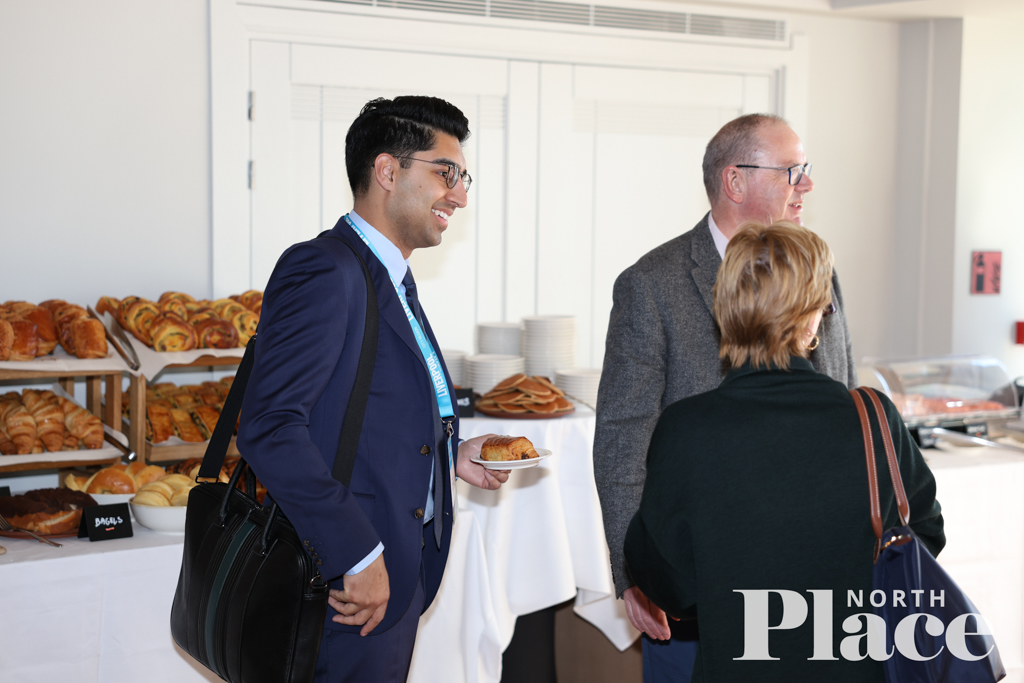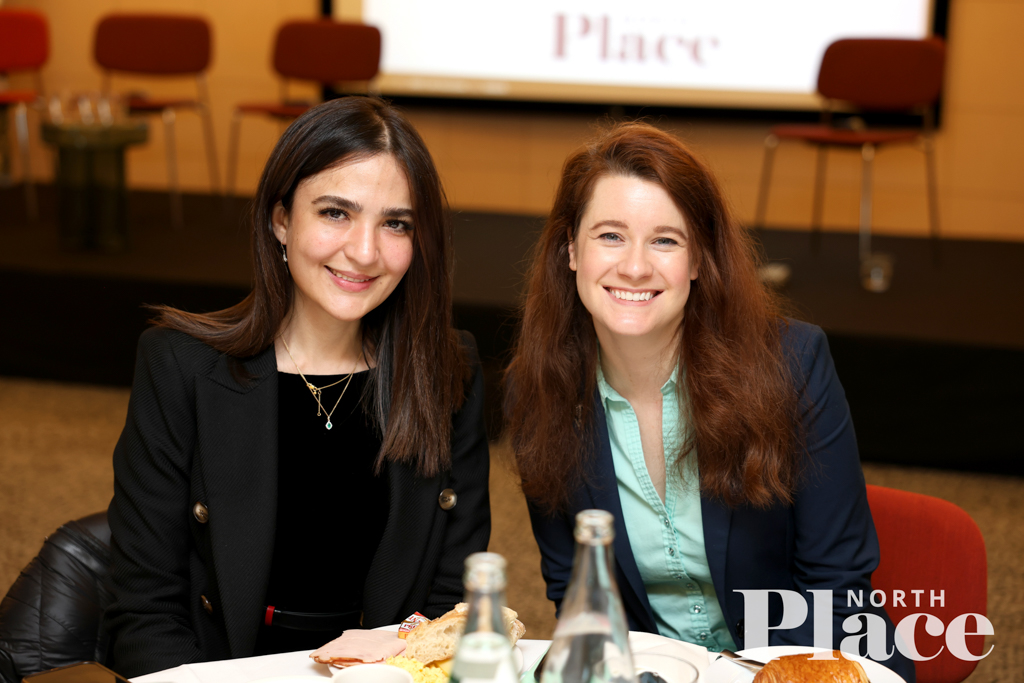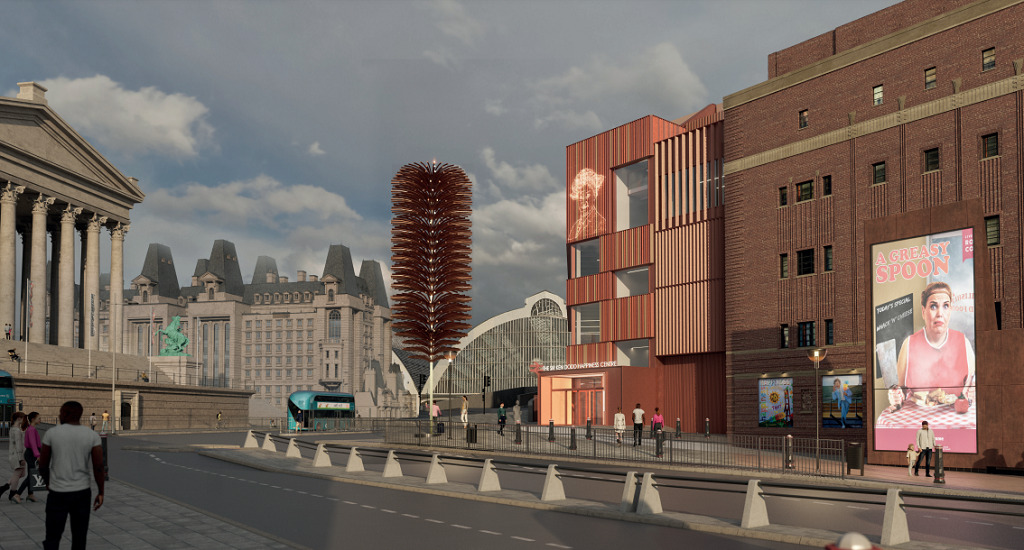Event Summary
MIPIM GALLERY + VIDEO | Culture’s role in UK regeneration
Manchester’s Aviva Studios is estimated to bring in £1.1bn in GVA to the local economy over 10 years. Liverpool ONE has contributed £4.1bn to the city’s economy since its inception. Over in Belfast, the Titanic Quarter has delivered £757m. As the pound signs show, culture packs a financial punch – so how do we leverage that to create better communities?
That was the topic at Place North’s breakfast event on 13 March in Cannes. Held at the Canopy by Hilton, the panel session brought together Manchester City Council chief executive Joanne Roney, Liverpool City Region Combined Authority executive director of investment and delivery Dr Aileen Jones, and Titanic Quarter chief executive James Eyre.
The event was chaired by Place North West editor Julia Hatmaker and sponsored by Hearthstone Finance, Earl Kendrick, and DAY Architectural.
The conversation surrounding culture, sports, and regeneration is a fitting one for across the North, given how councils in each of the regions have embraced culture. Newcastle, of course, transformed Ouseburn into its cultural quarter. In Yorkshire, Kirklees Council is leaning into culture – letting its refurbishment of Queensgate Market Hall spearhead its regeneration of Huddersfield town centre.
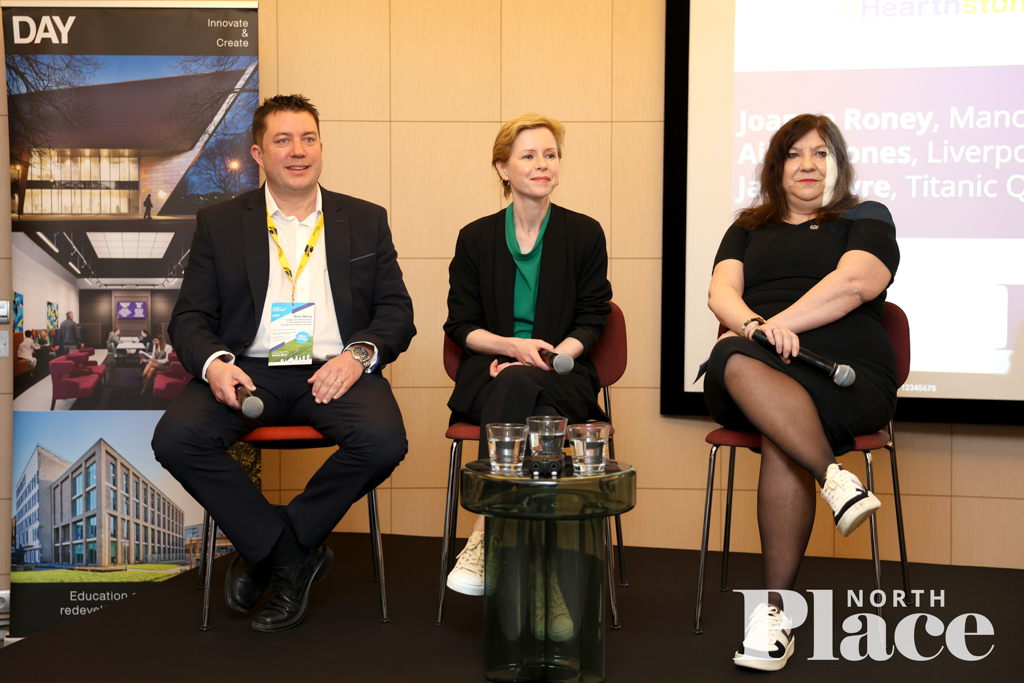
From left: Titanic Quarter chief executive James Eyre, LCR Combined Authority executive director Aileen Jones, and Manchester City Council chief executive Joanne Roney discussed how their regions have embraced culture in regeneration
Panellists spoke about the importance of letting culture be an ingredient in a regeneration project – but not the only aspect of a scheme. With these large-scale projects, if you want to really make the most of them you need to have the travel and housing pieces right as well, stressed Jones.
Roney emphasised that it is not a binary choice between delivering an arts venue and delivering affordable housing. Both need doing and have different results, with culture helping Manchester compete on a global stage, she said.
Eyre encouraged those looking to achieve similar success to Titanic Quarter to keep their focus on people – both residents and tourists. Part of that includes creating assets that make a place desirable – venues and attractions that make people want to come and visit a city – and live there too.
- Visit Place North’s MIPIM hub to find the latest news from Cannes.
The panel concluded with each of the speakers offering advice for local authorities and developers about how they should approach culture projects.
For Eyre, there is nothing more important to these schemes than partnership.
“From a private sector point of view you have the ability to actually start to frame the vision, and then work with everyone because it needs everyone to be achieved,” Eyre said. “Things like Titanic Belfast are a prime example taking something through a journey with local authorities,” he continued.
It was not all easy, he clarified – adding that some were against their vision for development and others just did not think it would work. That has since been proved wrong, with Titanic Quarter continuing to scale up its ambitions and develop Belfast’s prominent waterfront. That too is being done in partnership, with the developer working with government and the city council to draft a future for the site.
Jones concurred on the importance of partnership.
“Eurovision was absolutely successful because it was a partnership,” she said, adding later: “It was investment from the combined authority, investment from the city council, investment from the government, and private sector investment that really came together to make Eurovision work and be delivered.”
It is also important to “leverage your existing assets”, according to Jones. She referenced Liverpool City Region’s open access gigabit-capable network and said it was that network that let them transmit Eurovision globally.
Roney advised those pursuing the schemes to maintain a long-term focus.
“You’ve got to really have a long-term commitment to what you’re trying to achieve,” she told the crowd. “You’ve got to pump-prime some of these developments – you can’t just sit there and expect the private sector to move and deliver.”
Roney also advised developers and local authorities to check their ego at the door.
“Don’t make culture a vanity project,” she said. “Don’t make a building a white elephant because you’ve had this great idea but it’s not really rooted in the community and it’s not really rooted in kickstarting wider regeneration.
“There has to be absolute clarity about why [a project is being done], how it’s going to be done, and what it’s going to act as a catalyst for.”
- The next Place event at MIPIM is a panel session on the Manchester stand: The future of devolution for Greater Manchester at 2.30pm on Thursday 14 March.
Click image to launch gallery



